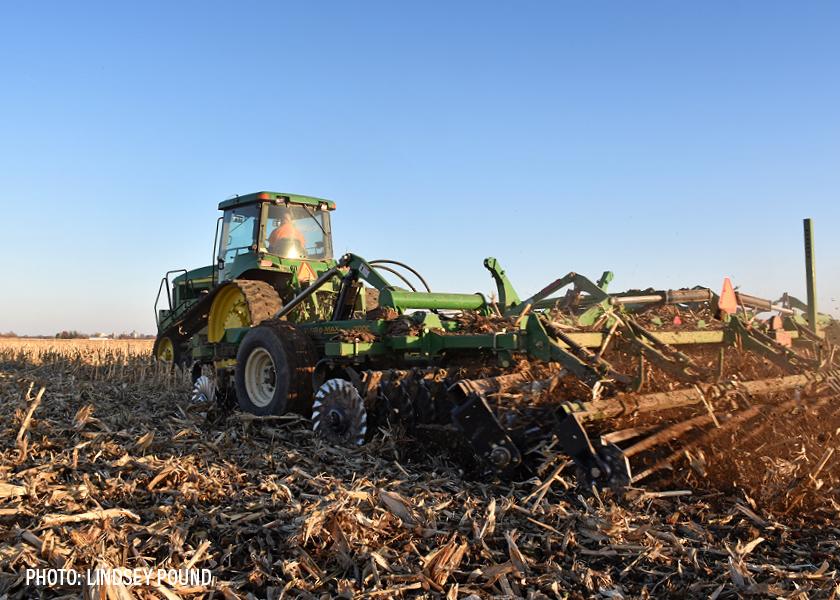Published
1 year agoon
By
Faith Laiche
The concept of vertical tillage is well-known, but what it actually entails isn’t fully understood in some corners of farm country.
One important thing to note is that vertical tillage is a comprehensive system, says Ken Ferrie, Farm Journal Field Agronomist. It’s not a single tool, nor a single pass in the field.
Ferrie says using a true vertical tillage system involves understanding the soil profile, addressing compaction issues, ensuring that each pass achieves the goal of the system, respecting residue cover and providing a well-prepared seedbed for the planter pass. Simply put, a vertical system means managing the entire soil profile for uniformity.
In return, some of the benefits farmers gain from a well-managed, uniform soil profile include:
1. improved water infiltration and drainage
2. quicker soil warm-up for spring planting
3. more efficient use of nutrients
4. better drought tolerance
5. uniform growth and pollination
“What you can see is a lot of cover and very little dust out here,” Ferrie says. “As we zoom in closer to the ground, you can see the amount of residue cover that’s left behind.
“Even though this had one pass with vertical tillage in the fall to size residue, it’s still covered compared to a high-speed disk where we would bury all this residue and leave that soil surface exposed – especially if we hit it a couple times,” he adds. “So again, (you can see) a big difference between a high-speed disk and a vertical pass that’s designed to leave the residue on top.”


TWO 90-POINT RIDES HIGHLIGHT SEMI FINAL 1 AT CHEYENNE FRONTIER DAYS RODEO


KOE WETZEL DROPS “HATCHET” VIDEO OFF CELEBRATED 9 LIVES


PHIL VASSAR AND JEFFREY STEELE’S”LIKE A MAN’S SUPPOSED TO”


JORDAN FLETCHER RELEASES LATEST TRACK “FALL IN THE SUMMER”


LEE BRICE BRINGS SUMMER NOSTALGIA WITH LATEST RELEASE “SUMMER OF US” OUT NOW


ALLIE COLLEEN STRIKES GOLD WITH “BOYS LIKE YOU,” CALLING OUT PRETENDERS IN COWBOY HATS


NICK HICKMAN’S LATEST RELEASE, “LESSONS LEARNED,” IS A TRIBUTE TO LIFE’S HARD-WON WISDOM


MCBRIDE & THE RIDE RELEASES NEW VERSION OF “NO MORE CRYIN” FROM THEIR FORTHCOMING LIVE EP OUT OCTOBER 18TH















SUBSCRIBE TO
TENN TEXAS NEWSLETTER
SEND A PRAYER
SEND A PRAYER
PRAYER REQUEST

